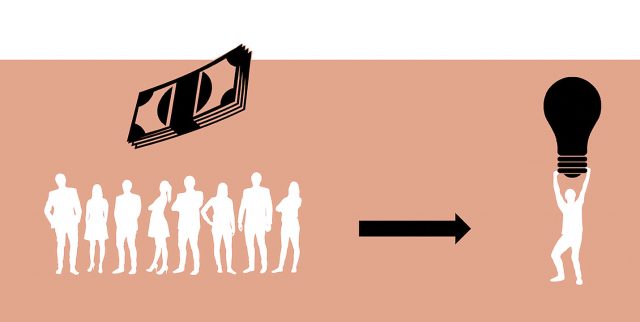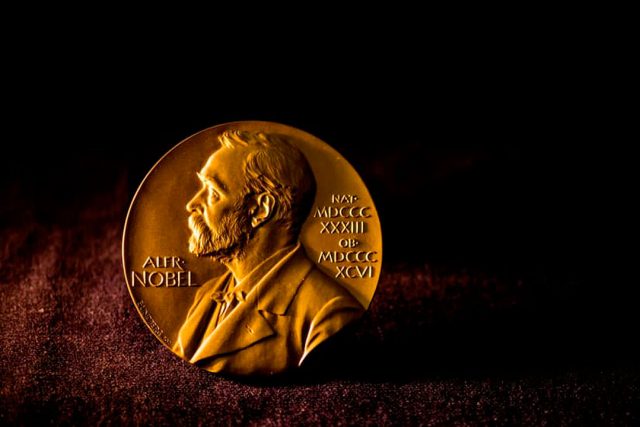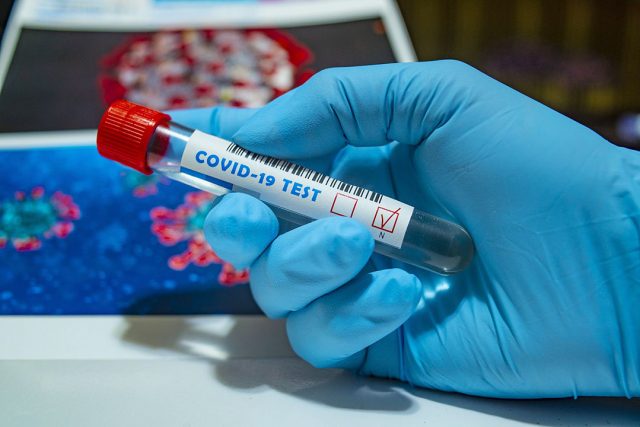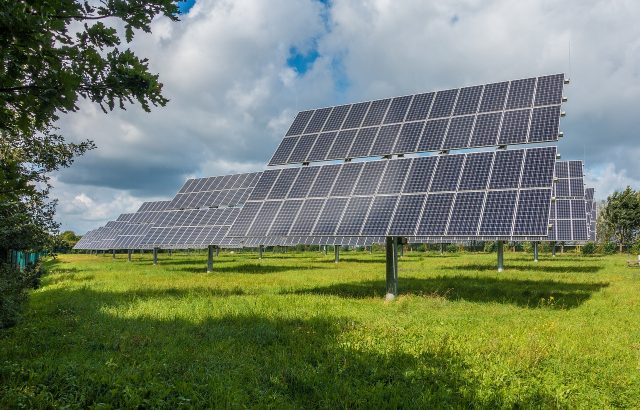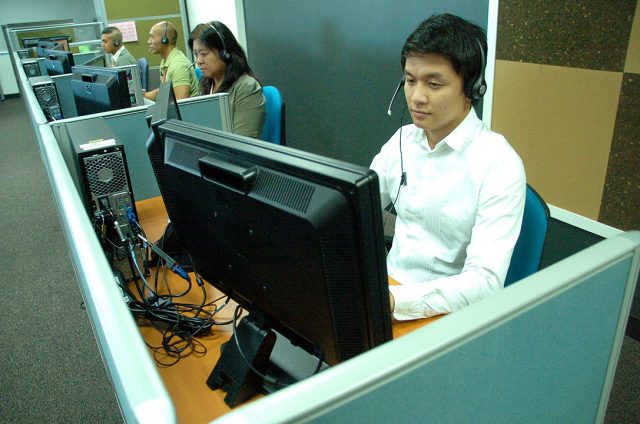The above title is a quote from Vergel O. Santos, veteran journalist of more than 40 years. He and the first Filipino Nobel laureate, Rappler CEO Maria Ressa, and thousands of cause-oriented journalists and Filipinos share the same beliefs on misinformation as a serious threat to democracy.
In an interview conducted shortly after Ressa was named the 2021 Nobel Peace prize winner together with equally courageous Russian journalist, Dmitry Muratov, Ressa said that acknowledging and accepting hard reality and facts and communicating these facts are essential for democracy to thrive.
Ressa, 58, and Muratov, 59, have many things in common — being courageous journalists one of them. Both are exercising their craft in the most difficult of environments that do not consider freedom of expression as a necessary ingredient for governance. In fact, for autocrats, freedom of expression hinders their total dominance and control of society.
Muratov is editor-in-chief of Novaya Gazeta, which the committee to Protect Journalists describes as “the only truly critical newspaper with national influence in Russia today,” according to Reuters.
Both Nobel laureates have been subjected to legal harassment and all sorts of pressures for simply being true to the ideals of serious journalists. Ressa’s legal issues according to various reports, include, among others: alleged Rappler ownership irregularities with the Securities and Exchange Commission (SEC), Court of Appeals (Rappler, Inc. vs. SEC) and Pasig City Regional Trial Court; alleged defamation: Manila Regional Trial court; alleged tax evasion: Pasig City RTC and Court of Tax Appeals.
Ressa spent part of her childhood in the Philippines up to grade four at St. Scholastica’s College, ironically also the alma mater of judge Rainelda Montesa who found Ressa and former researcher Reynaldo Santos guilty of cyber libel charges in June 2020. Out on bail, Ressa will not be able to travel to Norway to accept the award.
Reuters quoted Ressa as having said in a Rappler broadcast after being informed of the award, “I am in shock.” In a separate statement and echoing Santos’s statement we adopted as the column’s title, Rappler said it was “honored” and “astounded” by its CEO being awarded at “a time when journalists and the truth are being attacked and undermined.”
I first met Vergel in 1995 when I had barely warmed my seat as Chairman of the Philippine Sports Commission (PSC). I had recently suspended the then Philippine Tennis Association (PhilTA) and locked up its office at the Rizal Memorial Tennis court indefinitely for its refusal to register with the Securities and Exchange Commission, as required of all National Sports Associations (NSAs) per the law creating the PSC.
To my pleasant surprise, it turned out that a large group of tennis stakeholders disagreed with the stubborn stance of the PhilTA leadership. The group, comprised of tennis parents, weekend enthusiasts, and other parties concerned with the development of the sport of tennis, publicly expressed its support for me by staging a media-covered public protest outside the PSC offices in Vito Cruz (Pablo Ocampo) Ave. The group picketed the PSC office and asked for an audience with the head of the PCC.
As a further expression of its support, the group sent its spokesman to my third-floor office. Soon enough, a gentleman in a tennis outfit brandishing a placard and tennis gear, emerged and introduced himself as “Vergel Santos.” I then recalled the name and remembered him as sports journalist writing mainly about tennis. In his usual articulate manner.
Vergel talked about the issues against PhilTA and insisted that its leadership was remiss its duties of promoting the development of the sport by maneuvers to keep new blood out of the association. It was the usual problem of overstaying leaders refusing to let go. Vergel urged me to stay the course.
As the enlightened sectors of Philippine society reveled at the news of Ressa becoming the country’s first Nobel laureate, we sought the thoughts of Santos, founder of the Center for Media Freedom and Responsibility (CMFR). We have always regarded Santos as one of the country’s noted influential opinion makers. I sought his thoughts on the impact of the award on the forthcoming election. Santos observed, “I don’t know the impact of Maria’s award on the votes for this or that candidate. And it doesn’t really matter much to me at this time. The impact should be on the President. He has brought us to the crossroads between democracy and authoritarianism, between free speech and dissent. There are those who say she doesn’t deserve the Nobel prize. I really don’t care what they say.”
Ted Te, Ressa’s counsel in her legal battles said, “The award of Maria shines a light not only on Maria and Rappler who have been tireless in pushing back against disinformation, authoritarianism, and historical revisionism, but also on the plight of journalists and the state of the press freedom and freedom of expression in the country for the past years. There has been a culture of dissent as well as a continuing state of impunity against those who would speak or seek the truth, journalists like Maria among them. The award comes at a time when that light is much needed.”
Te’s comments echo the common refrain that the Nobel award committee showed impeccable timing in giving the award to both Muratov and Ressa at a time when the volume of misinformation has reached most likely record heights. Ressa claims that a misinformation campaign launched from offshore supported the Marcos’ historical revisionism and others in power. The campaign, instigated by a foreign power, clogged social media as early as September 2020 as part of these parties’ 2022 campaign. One is reminded of Trump’s relentless organized lying that is part of his 2024 comeback that, however, continues to undermines democracy.
In complete contrast to these blatant lies commissioned under profitable financial arrangements, sincere commendations on behalf of Ressa continue to pour in. One such heartwarming comment comes from Rappler’s Sydney-based Happy Feraren. Happy, daughter of La Salle classmate Bongo Feraren, texts in jubilation, “She is my integrity rockstar. Very inspiring to work under her.”
Truly, expressions of joy and genuine solidarity, not hate, anger and envy.
Philip Ella Juico’s areas of interest include the protection and promotion of democracy, free markets, sustainable development, social responsibility and sports as a tool for social development. He obtained his doctorate in business at De La Salle University. Dr. Juico served as Secretary of Agrarian Reform during the Corazon C. Aquino administration.





